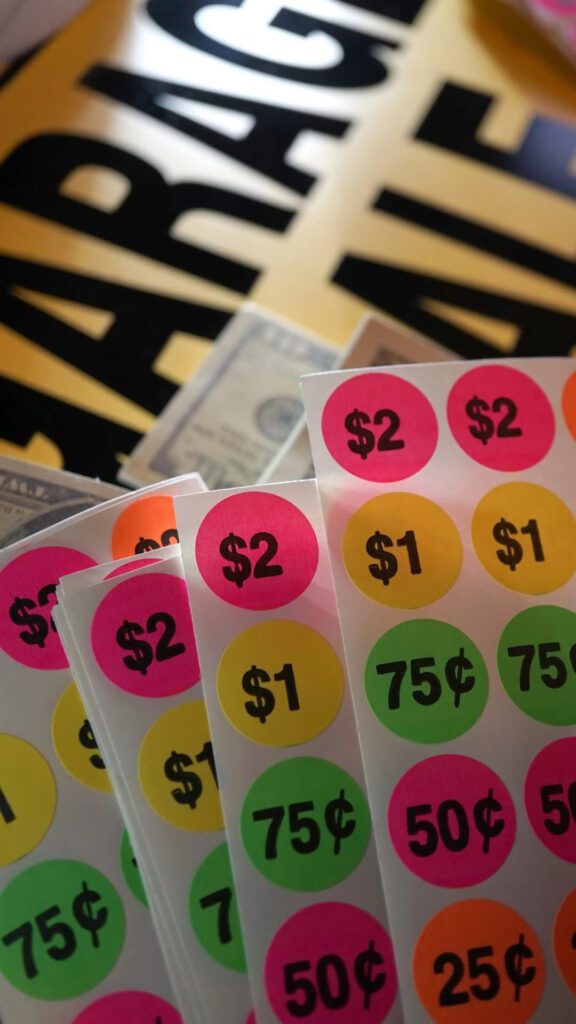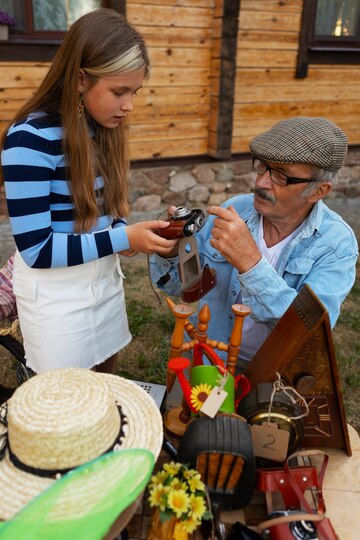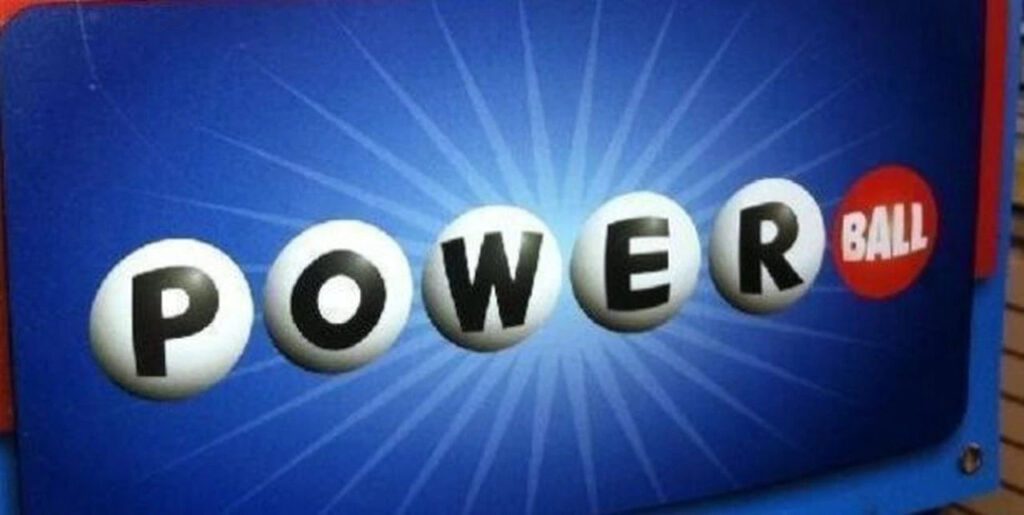
How To Price Garage Sales Items: 20 Detailed Pointers
Table of Contents
ToggleIntroduction:
Garage sales are a fantastic way to declutter your home and make some extra cash. To ensure your sale is a success, one crucial aspect is often overlooked: pricing. Setting the right prices for your items can make the difference between a thriving sale and a disappointing one. In this blog, we’ll provide you with 20 detailed pointers to help you master the art of pricing garage sale items.
1. Research Similar Items:
Before you even begin to price your items, research the market. Look at online platforms, local thrift stores, and other garage sales to get an idea of what similar items are selling for.
2. Consider the Condition:
Take into account the condition of your items. New or gently used items can be priced higher, while items with visible wear and tear should be priced lower.
3. Price to Sell:
Remember, the goal of a garage sale is to declutter, not make a fortune. Price items to sell quickly; people come to garage sales looking for deals.

4. Be Willing to Negotiate:
Anticipate that buyers will haggle, so price your items a bit higher than your desired selling price to allow room for negotiation.
5. Bundle Similar Items:
Consider bundling similar items together at a discounted rate. For example, bundle kitchen utensils or books by genre.

6. Price in Whole Numbers:
Pricing items at $1, $5, or $10 is easier for both you and buyers, rather than using odd amounts like $3.75.
7. Use Price Tags:
Clearly label each item with a price tag to avoid confusion and streamline the buying process.
8. Group Items by Price:
Organize your items on tables or shelves by price categories (e.g., $1, $5, $10) to make it easier for buyers to find what they’re looking for.
9. Be Flexible:
If an item hasn’t sold after a while, consider reducing the price to attract more buyers.
10. Don’t Overvalue Sentimental Items:
While certain items may hold sentimental value for you, they might not be as valuable to potential buyers. Be realistic in your pricing.
11. Highlight High-Value Items:
If you have valuable items, such as electronics or collectibles, make sure to highlight them in your advertisements and price them competitively.

12. Group Seasonal Items:
Group seasonal items (e.g., holiday decorations) and price them lower when they’re out of season to encourage purchases.
13. Price Clothing Reasonably:
Clothing tends to sell better when priced low. Consider offering discounts for bulk purchases.
14. Research Antiques and Collectibles:
If you suspect you have antiques or collectibles, research their value to ensure you’re not selling them for less than they’re worth.
15. Offer Discounts Towards the End:
As your sale progresses, consider implementing discounts or “buy one, get one” deals to clear out the remaining inventory.
16. Be Transparent About Item Flaws:
If an item has a defect or flaw, be honest about it and adjust the price accordingly.

17. Don’t Forget the “Free” Box:
Have a box of free items for visitors; this can create goodwill and attract more potential buyers.
18. Use Cash for Change:
Ensure you have enough change in small bills and coins to make transactions smoother.
19. Keep an Eye on the Competition:
Visit nearby garage sales to see how they price their items. This can help you stay competitive and adjust your prices if necessary.
20. Stay Open to Offers:
Be open-minded and willing to negotiate with buyers, especially if they’re interested in multiple items.
Conclusion:
Pricing garage sale items may seem like a daunting task, but with these 20 detailed pointers, you’ll be well-prepared to set the right prices, attract buyers, and declutter your home successfully. Remember, the key is to strike a balance between making some extra cash and giving others a great deal. Happy selling!

Smith Joshua


